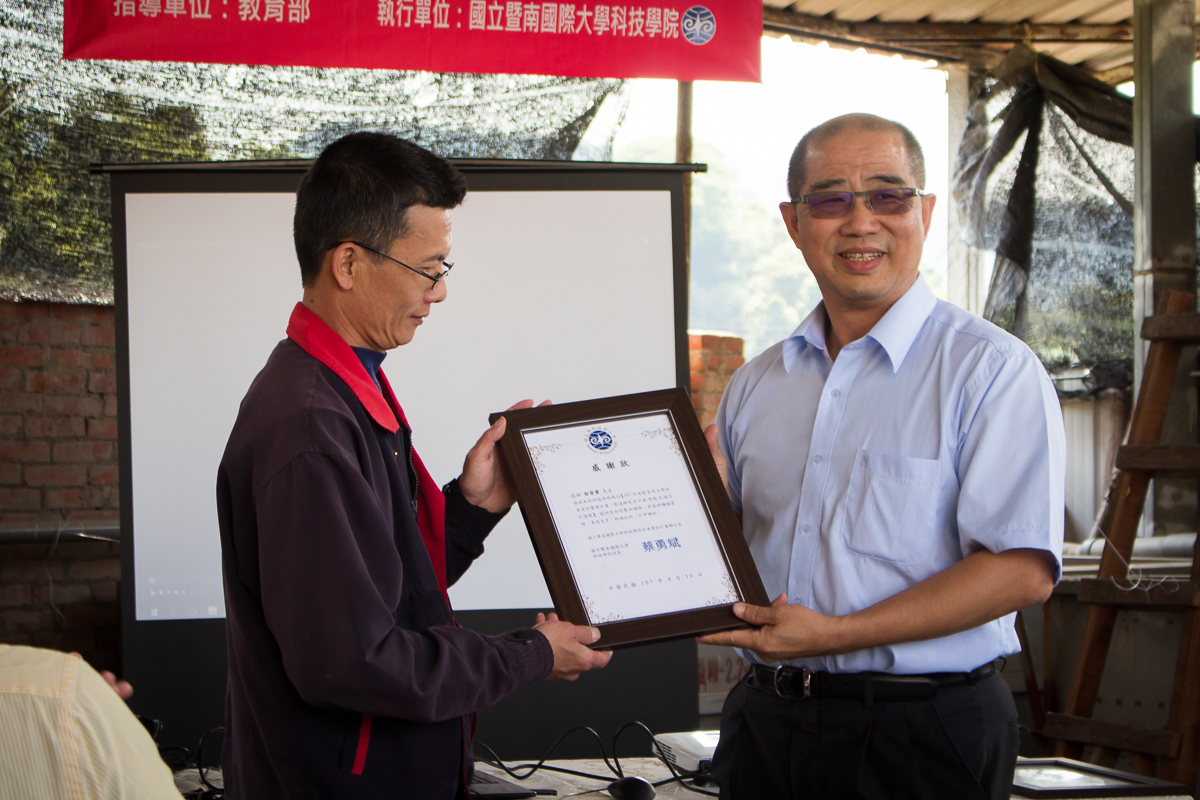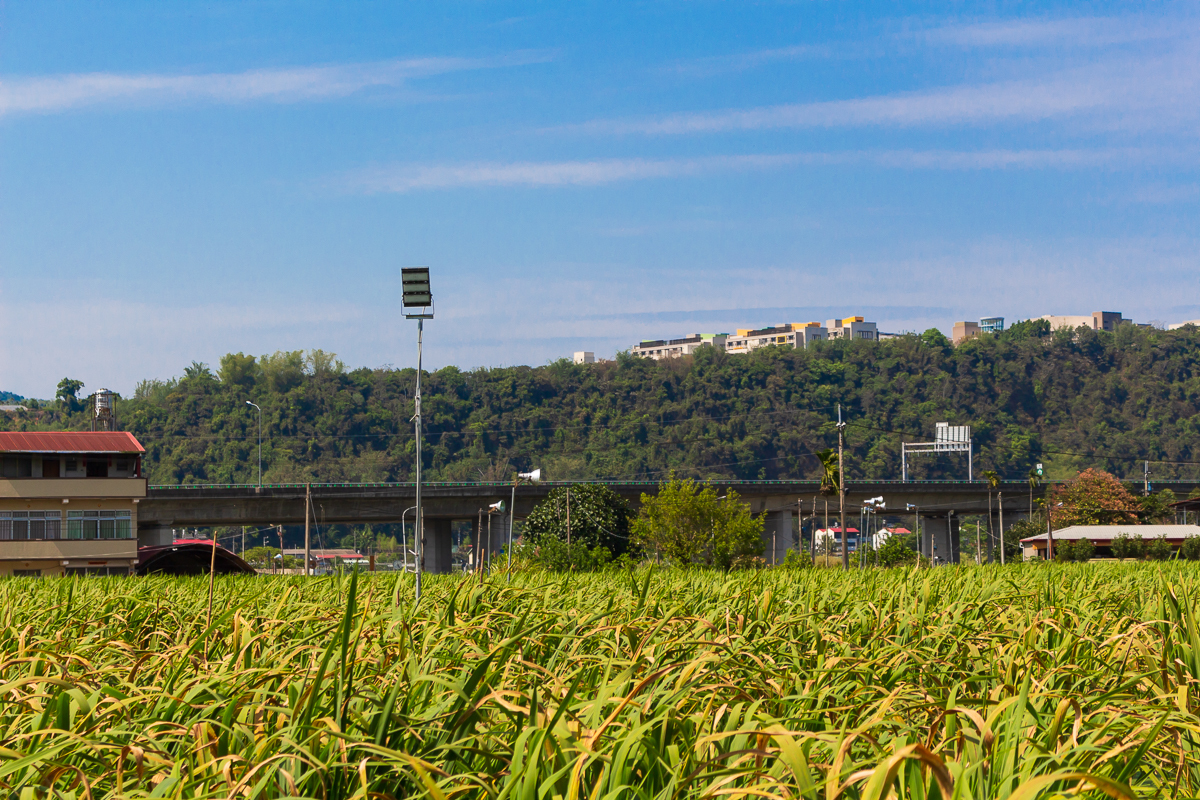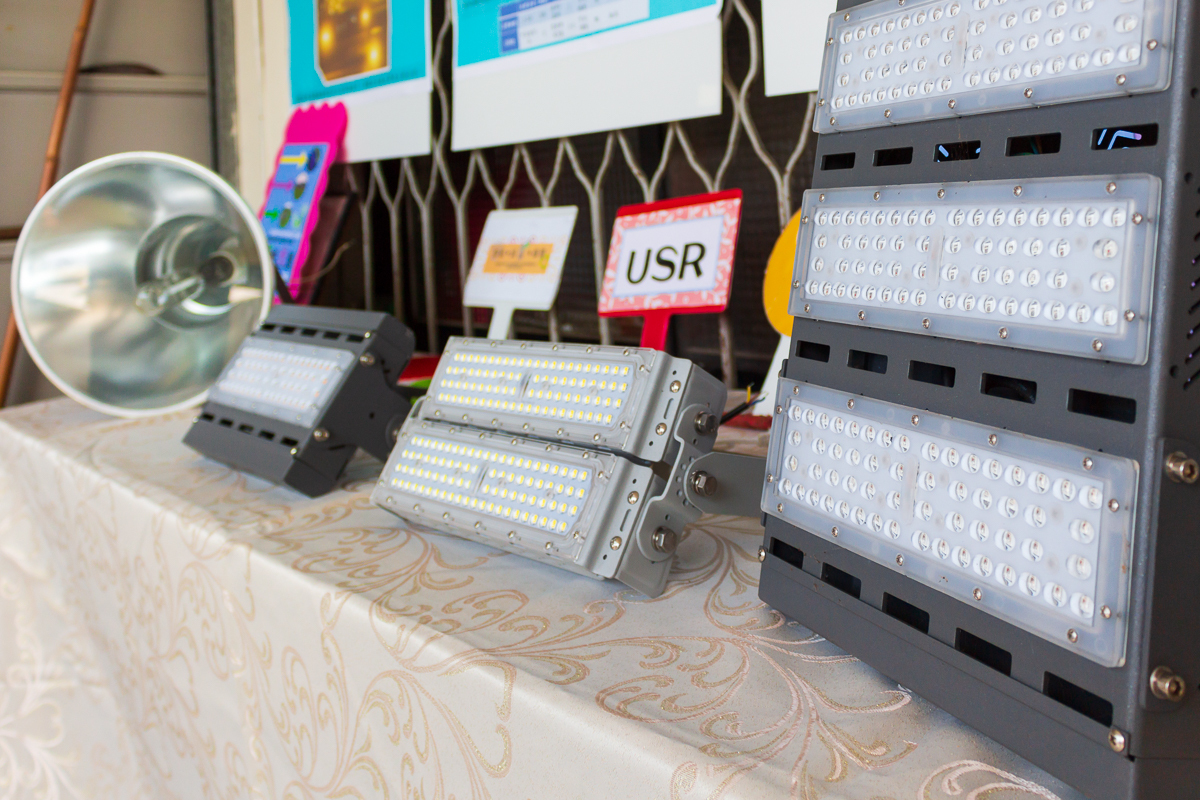NCNU pioneers LED applications for nighttime farming

The National Chi Nan University has refined an industrial LED lighting system that not only produces lower levels of light pollution, but is substantially more cost effective for raising crops at nighttime ─ specifically for the plots of Manchurian wild rice tended by Taiwanese farmers.
Colloquially known as “water bamboo,” the Manchurian wild rice is not grown for its grain but rather for its stem, which swells into a juicy gall after the deliberate introduction of fungus spores. Nantou’s Puli Township, the location of the university, produces up to 90% of Taiwan’s total Manchurian wild rice output.

The township has devoted 1,800 hectares to this crop, producing a staggering 45,000 tonnes per year to meet demand for the popular vegetable, which is usually prepared by stir fry or grill. Over half of Puli’s wild rice farmers now use artificial lights to boost growth through nighttime photosynthesis.
Their choice of high-pressure sodium lamps, however, have contributed to Puli’s “city of lights” fame, as the township is bathed nightly in a steady orange glow that reflects off the clouded skies. Less than 5 hectares of these lit paddies use LED lights.
LED towers, a cost-effective and eco-friendly solution
In partnership with Taiwanese nonprofit Industrial Technology Research Institute and the Council of Agriculture’s Taiwan Agricultural Research Institute, NCNU recruited Puli youth farmers in an experimental attempt to study the effects of LED lights in wild rice farming.
The half-year project found no discernable difference in crop output, yet recorded significant decrease in power usage and equipment depreciation. For every plot of land, roughly measured as 0.096 hectare, electricity consumption dropped by 80% in comparison to traditional sodium lamps.
NCNU researchers also re-hauled the LED lighting system design, from the conventional flat and chessboard-like array to a nimbler, street lamp-esque setup.
This innovation makes way for easier distribution of lighting, with each plot of land requiring only 4 to 8 LED lamp towers to be affixed on the sidelines of the rice paddy. Industrial machinery can also easily pass through the wide spaces in between each tower.
At NT$2,000 per lamp, the NCNU’s design costs about the same as sodium lamps to set up, but lasts for 7 to 8 years longer. Moreover, each tower is retractable, meaning farmers can adjust height and light exposure depending on crop growth, and lower the LED lamps when typhoon strikes.
Tsai Yung-pin, head of NCNU’s College of Science and Technology, noted that the university hopes to expand its cooperation with local farmers, not only in implementing cost-effective and eco-friendly LED towers, but also in researching areas such as sustainable water procurement, byproduct and litter management, and reuse of biowaste.
Created Date
Image


